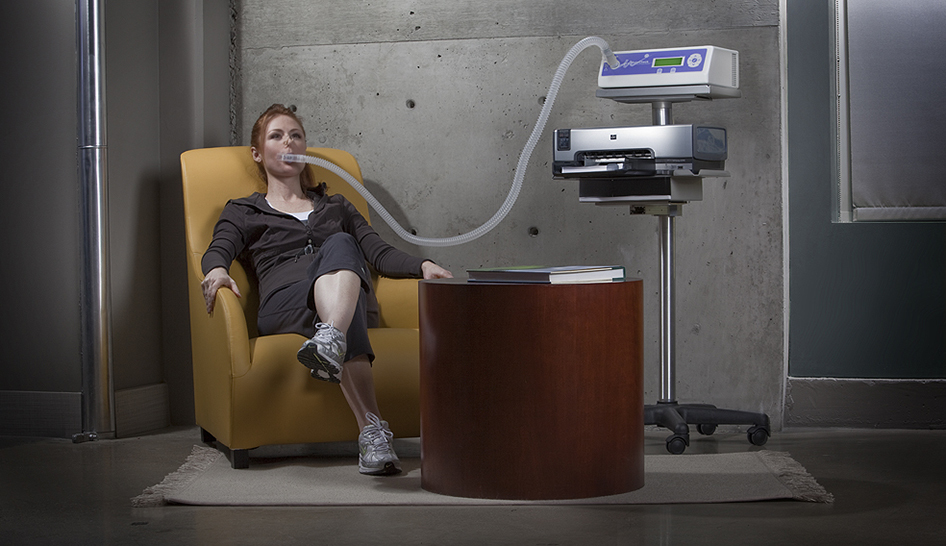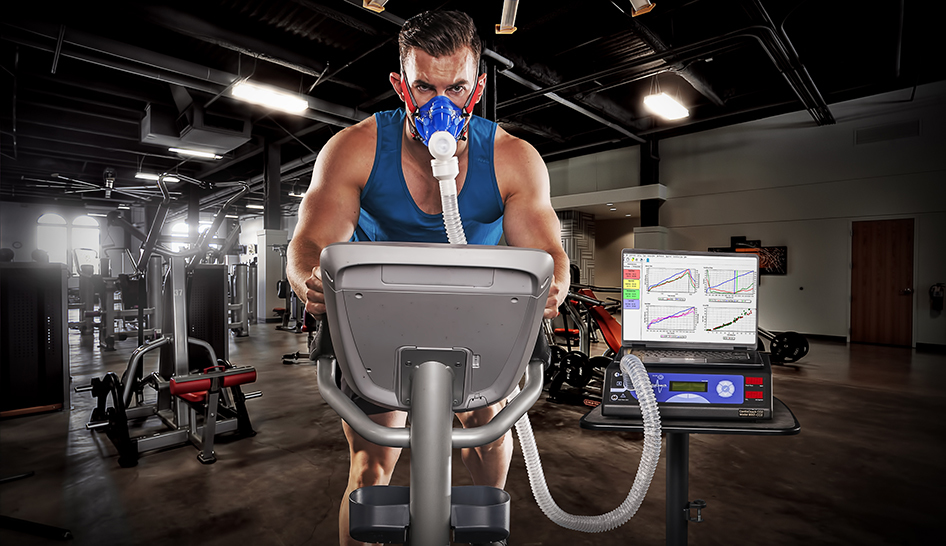“You can substantially increase your ROI using technology properly,” says Dave Johnson, co-founder of ECOFIT, a networking cardio fitness equipment company out of Victoria, British Columbia in Canada. “To me, it’s critical that, whatever [club owners] invest in, it’s going to be future proofed. It has to integrate well with existing systems … whether you’re changing an equipment line or switching software tools, you should make sure that you’re able to incorporate other technology into it.”
“This is just the beginning of a revolution and what we are using now is small (compared to the future),” says Bryan O’Rourke, Fitness Industry Technology Council president. “The present technology has a low barrier for entry; everyone is jumping in on the fringe. There are more massive aspects of this market which will become huge and have yet to reveal itself.”
Here’s just one example from Brad Wilkins, the senior vice president of operations at Cooper Aerobics, the COO of Cooper Wellness Strategies, and a member of IHRSA’s board of directors. Wilkins says his facility uses a new fitness assessment called Functional Movement Systems. FMS identifies limitations and/or asymmetries in a series of movement patterns.
“While strength is important, movement dictates performance and the way people live,” he says. “We use this information to design purpose-driven exercise programs.”
A test for metabolic rate is another key metric used by The Cooper Clinic and other clubs serious about health data. It’s easy to understand the importance of metabolic rate. Metabolism is the engine of the body. When you test a person’s metabolism, you’re looking under the hood at the engine and learning how a person burns calories.

